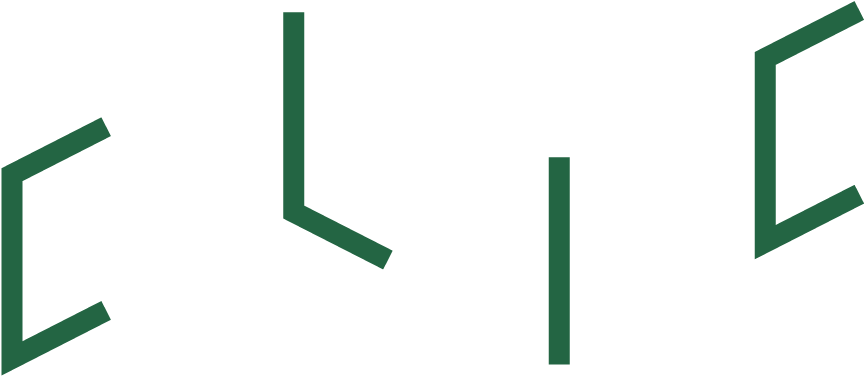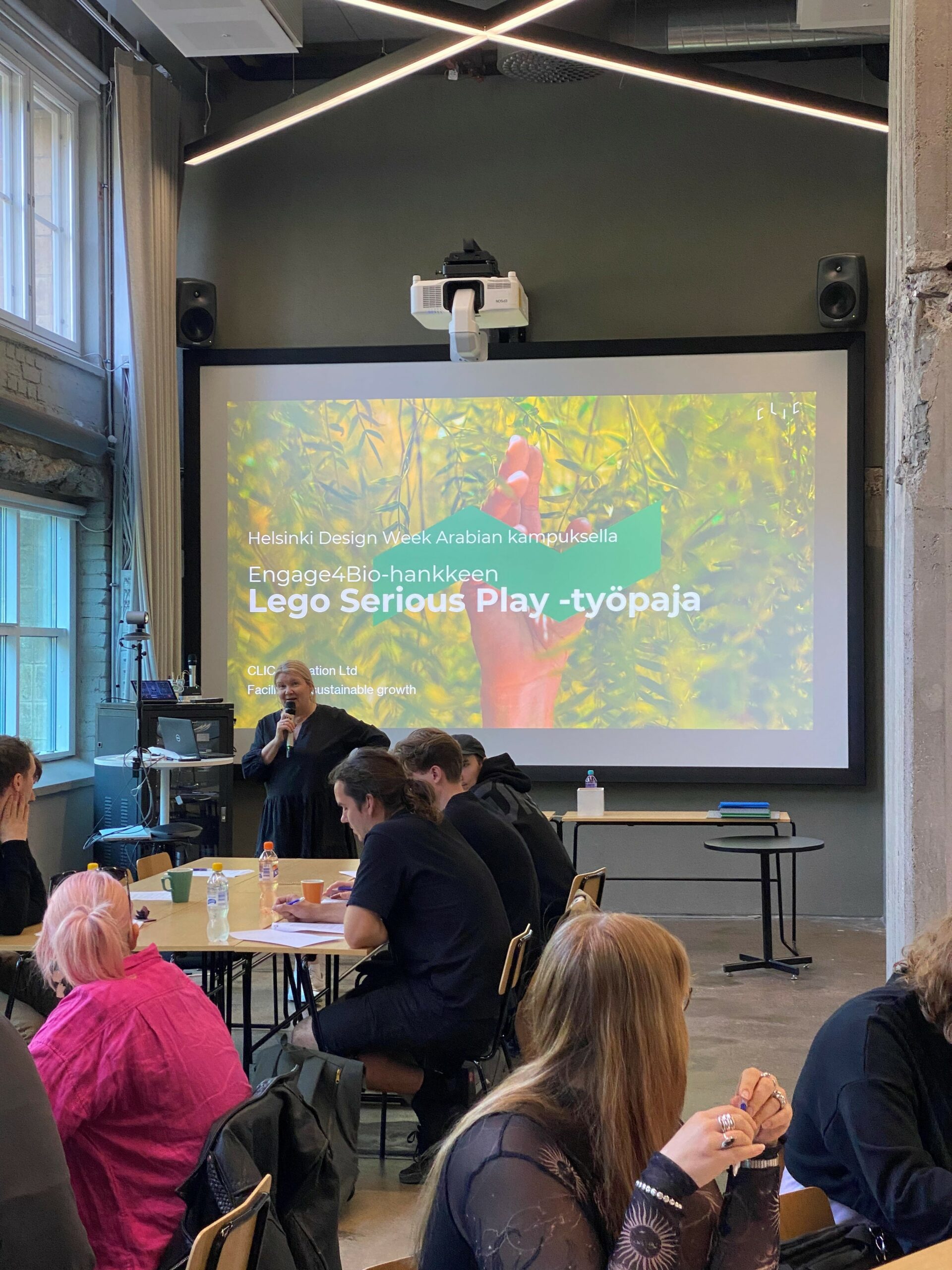The Packaging of the Future workshop was arranged on the 9th of September 2024 onsite at the Metropolia UAS Arabia Campus in Helsinki. The event was a part of Helsinki Design Week programme.
The aim of the workshop was to co-create new types of future packaging solutions in line with the EU’s 4R framework (refuse, reduce, reuse, recycle). The workshop was realised using the LEGO® Serious Play® method. The selected method provides a creative and kinetic approach to vision work. As in every workshop method, the aim is to allow a voice for everyone participating in the workshop.
The activity was specifically designed for young adults, design students more specifically. Youth and young adults were identified as important target groups during the past vision and co-creation workshops. It is important to sensitise future generations of designers (and citizens) to sustainability and eco-design principles.
About the methodology
To set the scene, the introductory part discussed the characteristics and functions of good packaging. The workshop itself was divided into three sections: warm-up, individual work and teamwork. Participants were divided into five groups of five to six people for the groupwork.
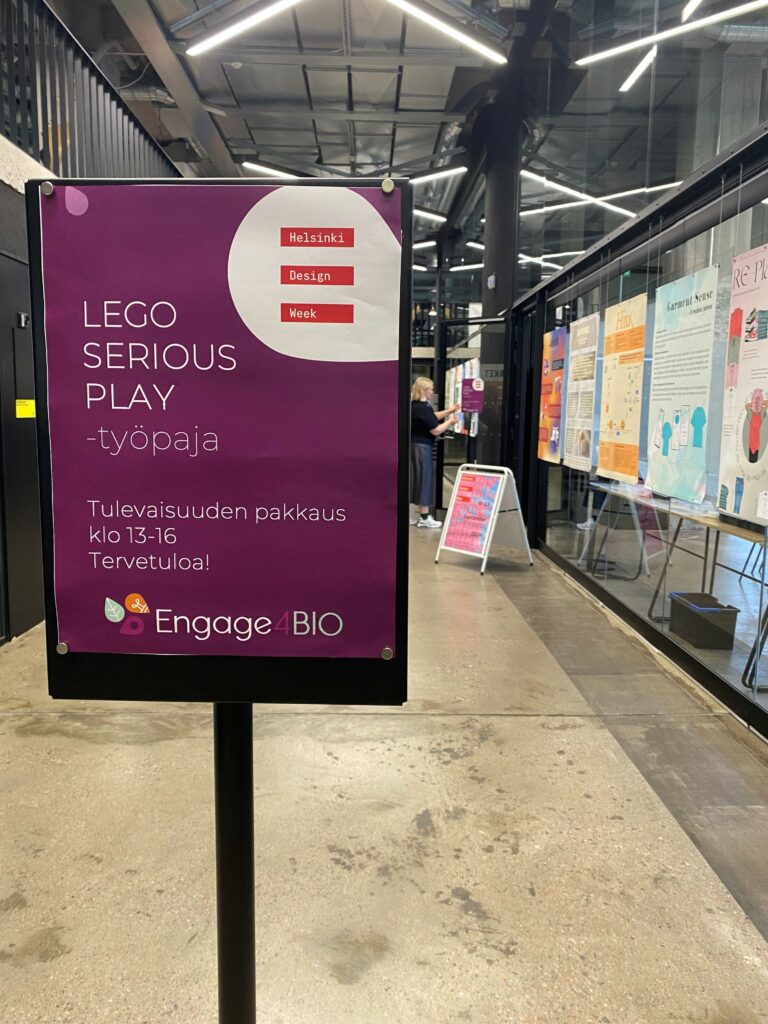
Participants were encouraged to work intuitively in short cycles during the warm-up. After each round, the key elements of each solution were described using the ‘tap & tell’ method. Tap & tell is a key part of the LEGO method; it consists of pointing to different parts of the assembled LEGOs and explaining their purpose to other team members. The method requires listening to others’ ideas and a lot of repetition to enhance learning and memory. The method also encourages storytelling and iterating ideas based on comments from the others.
In the second phase, more time was given to the individual work to come up with a future packaging solution. Again, tap & tell was used to go through all ideas in the groups. Different perspectives were adopted to address the challenge: while some emphasised simplicity in design and avoiding excessive use of materials, others focused more on optimising the logistics chain, to give a few examples.
Presenting the common vision
The final step for the groups was to create a common vision based on the individual ideas from the previous phase. The workshop ended with each group presenting their vision to the other groups for an exchange of ideas.
The final visions included solutions such as reducing or even refusing the need for packaging by improving logistics to the end user, aesthetic reusable jewellery packaging for jewellery storage and a holistic vision combining both future values and functions of packaging. Accessibility and usability were also emphasised in the discussions in the groups and in the solutions developed.
The participants seemed to enjoy the workshop. During the workshop we heard discussions about how the method challenges thinking in a whole different way. The workshop got especially good feedback from the participants about the creative approach and teambuilding experience.
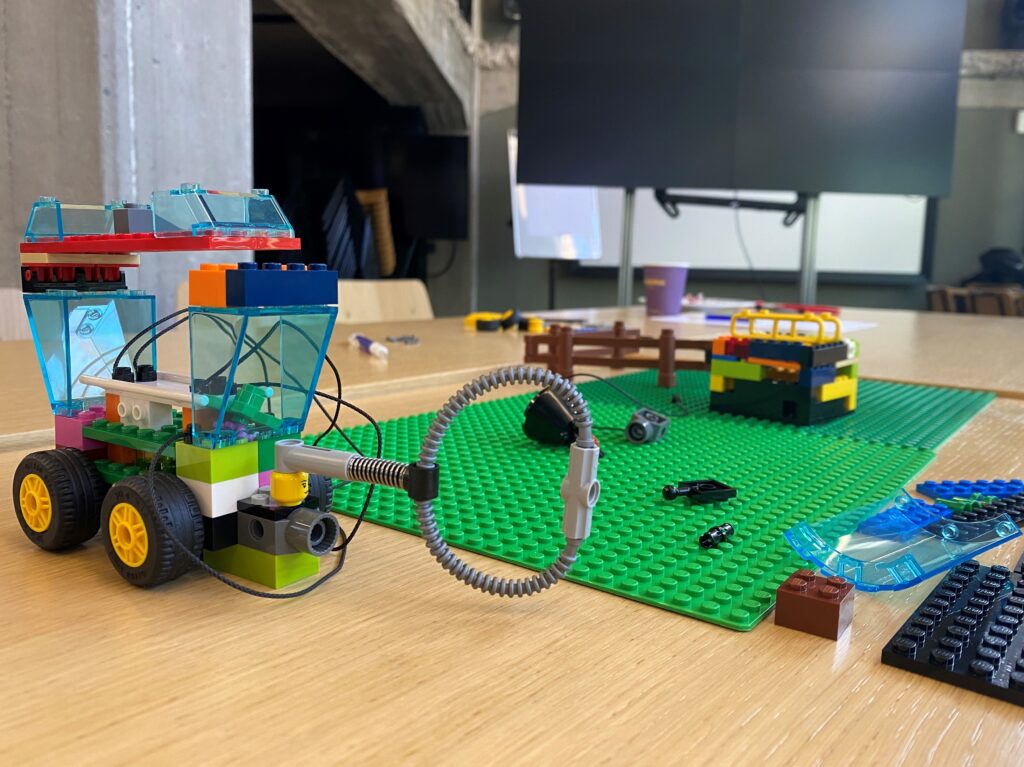
LEGO® Serious Play® method
